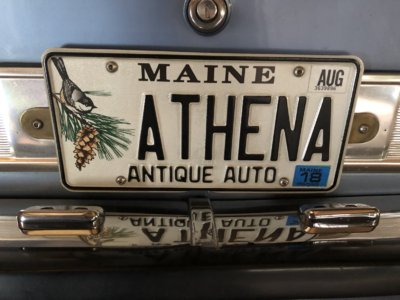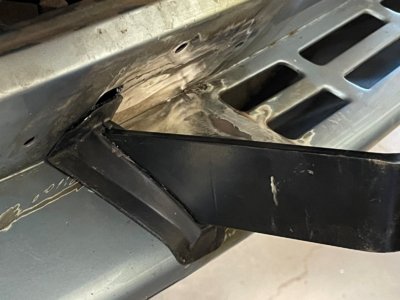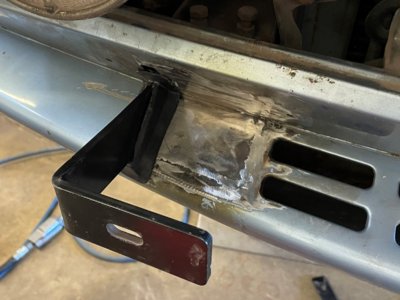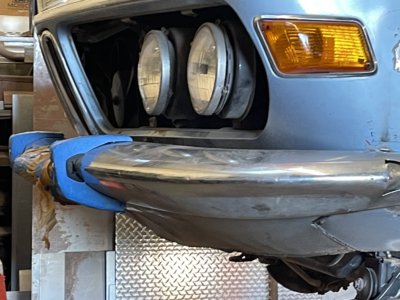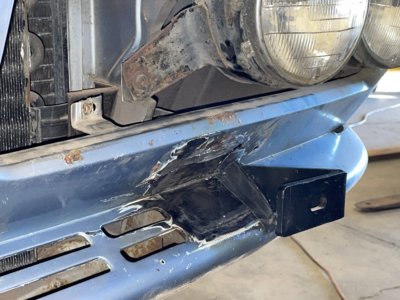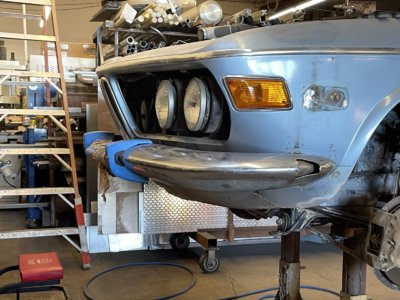Starting in 1973 the U.S. tailpipe emissions where really coming under scrutiny and all manufacturers and BMW and others were really scrambling to meet the requirements. If you look through the Zenith carburetor history, there were a lot of changes in 1973 & 74. Fuel recirculation was one of those features and my car is a very early build (VIN No. 4335055), the 55th US market '74. So, it was fitted with a return fuel line and all the fittings to the carbs. Interesting, the carb's did have the fuel barbs for the return line and it was all plumbed, but the casting were not drilled and there was never any fuel returning through these lines. I am speculating that the USA market '74 carbs were not yet available. This was an interesting discovery during the carb rebuilding process.
BTW, I am having a blast discovering many very original features on this example.

